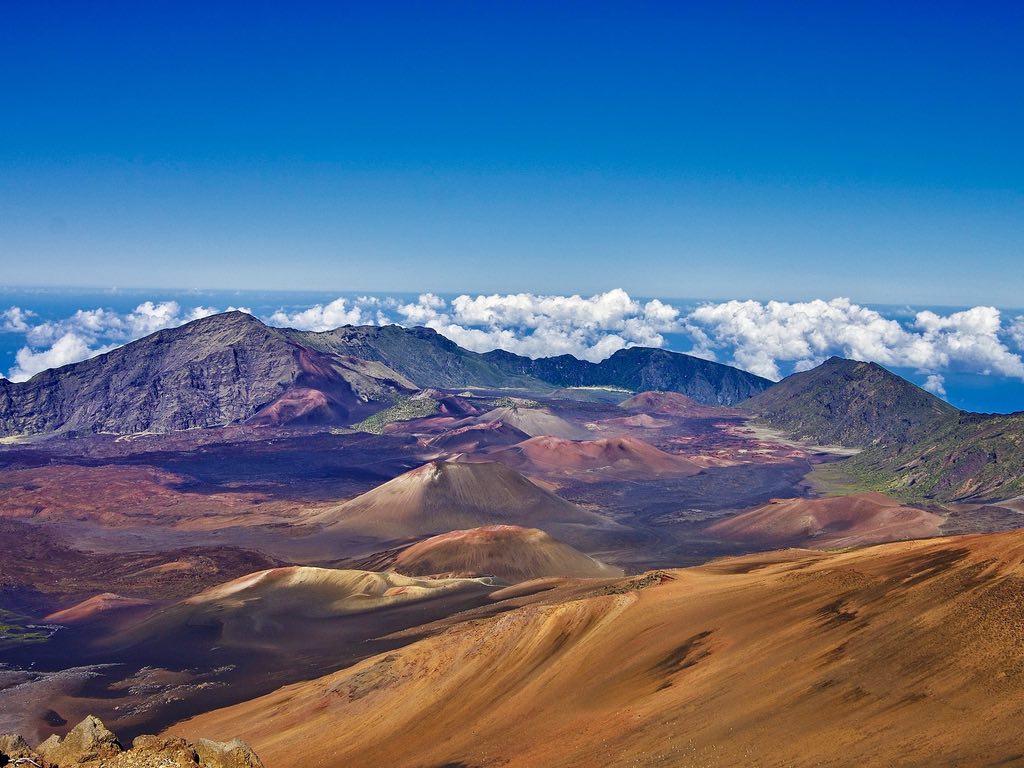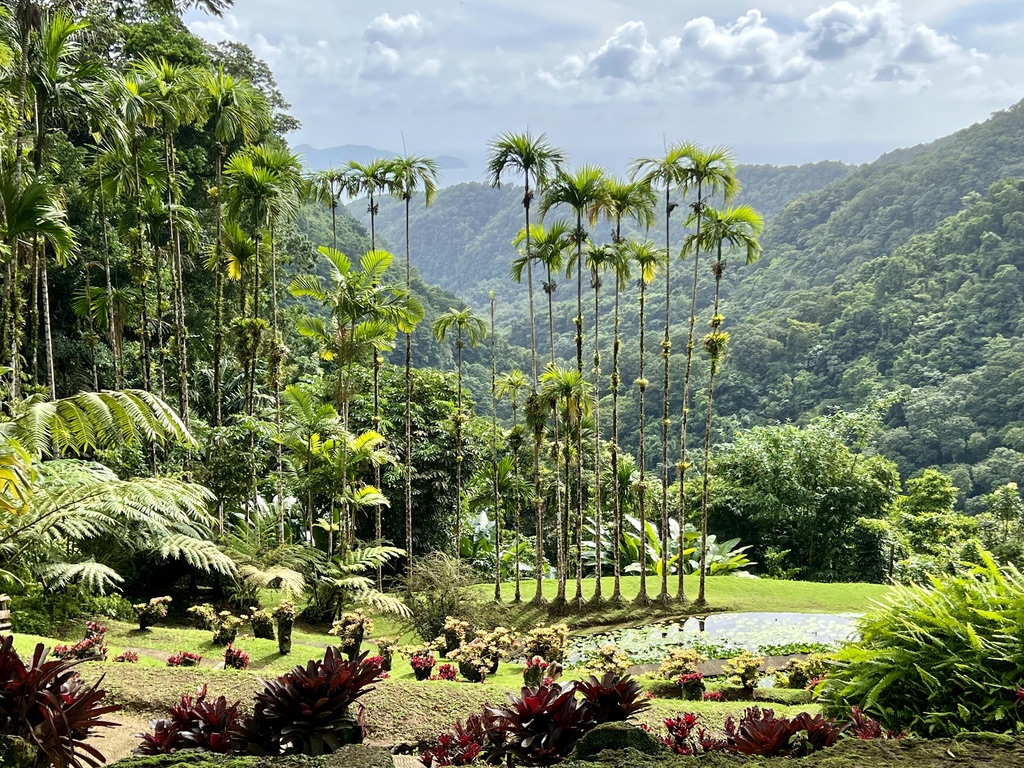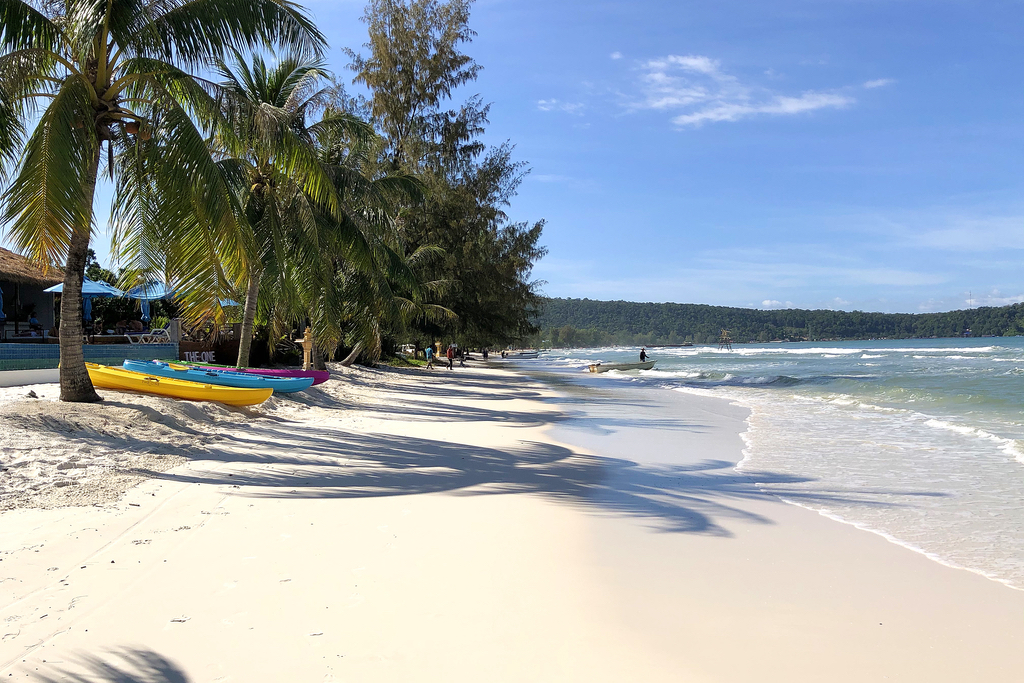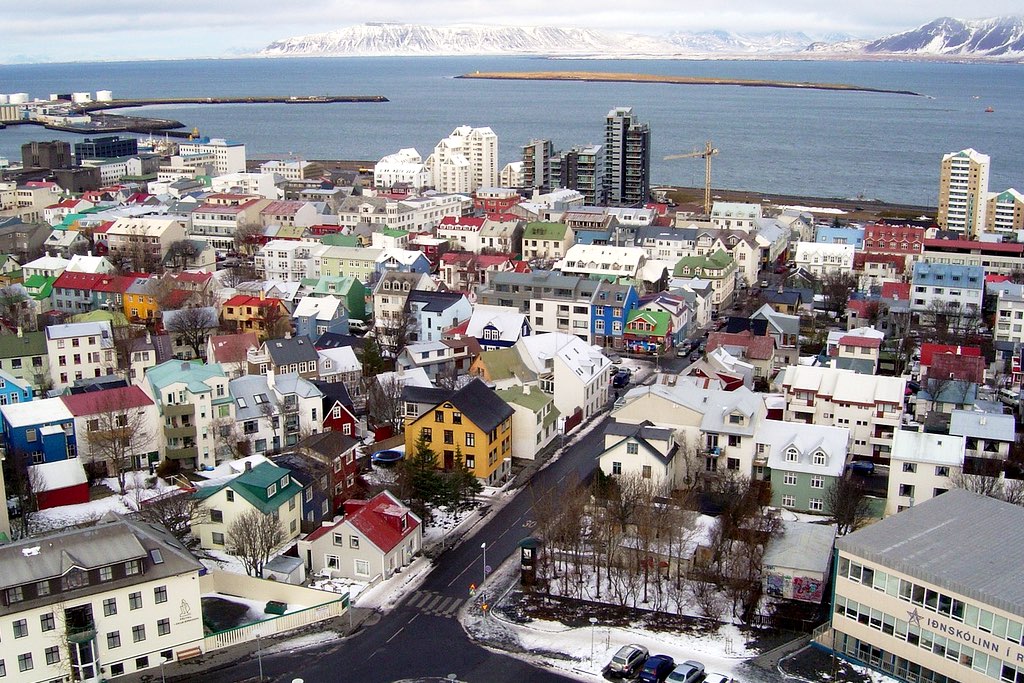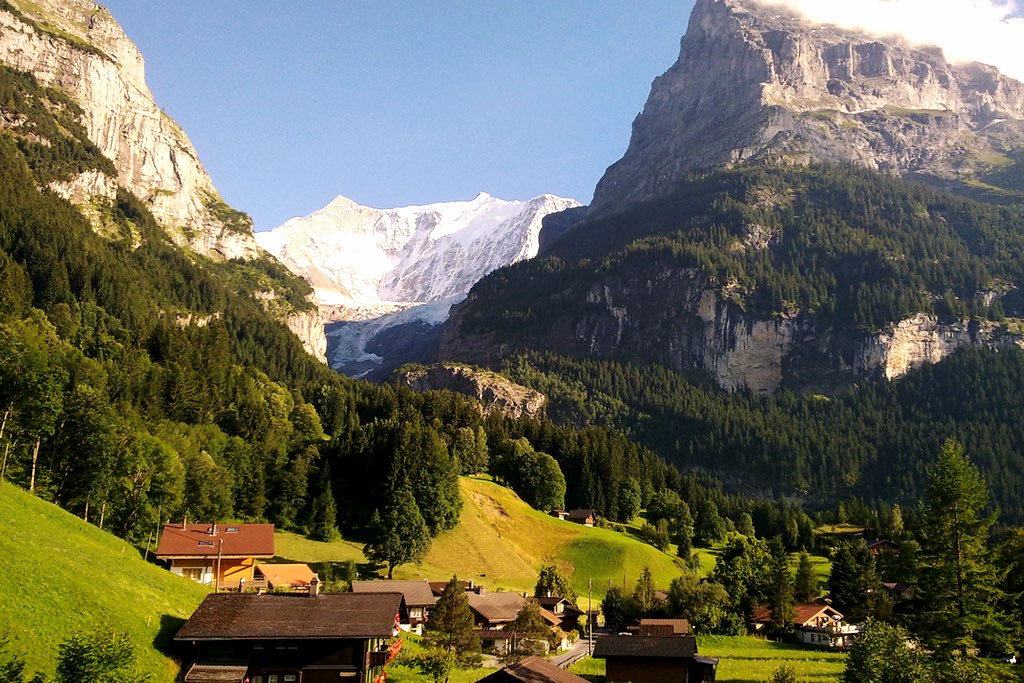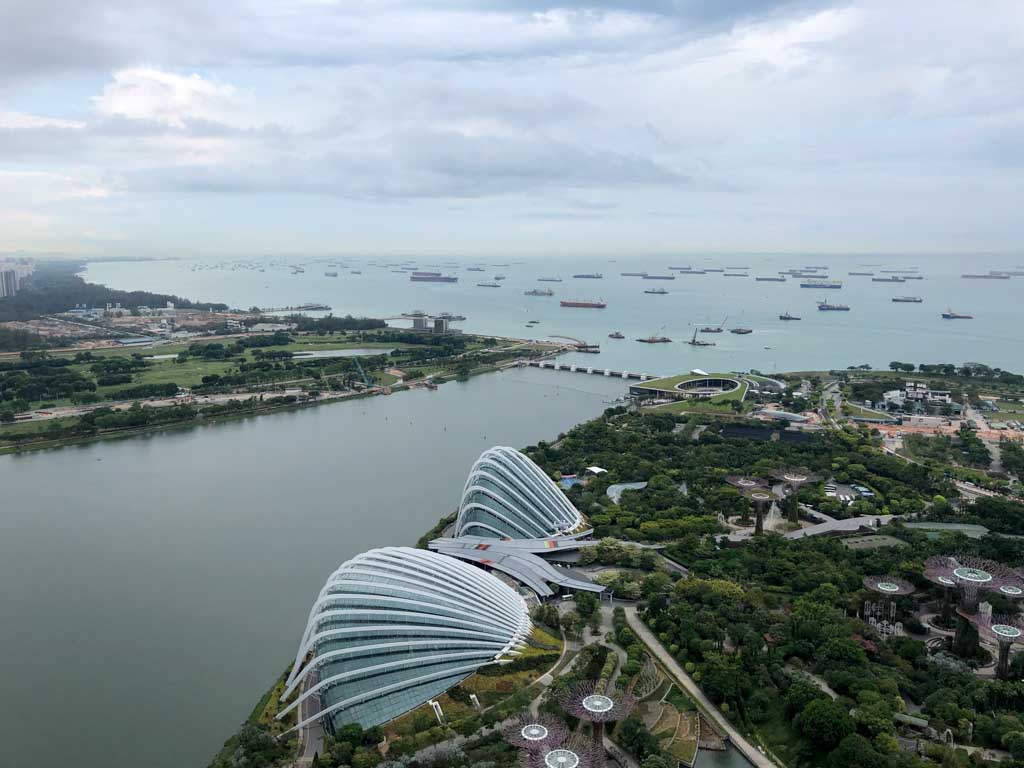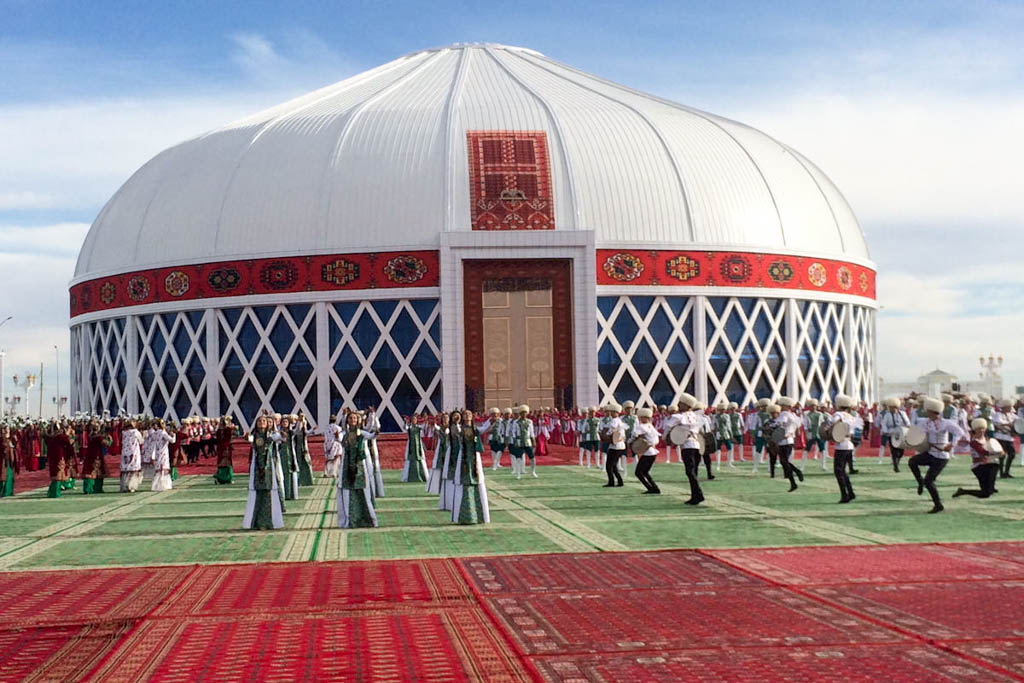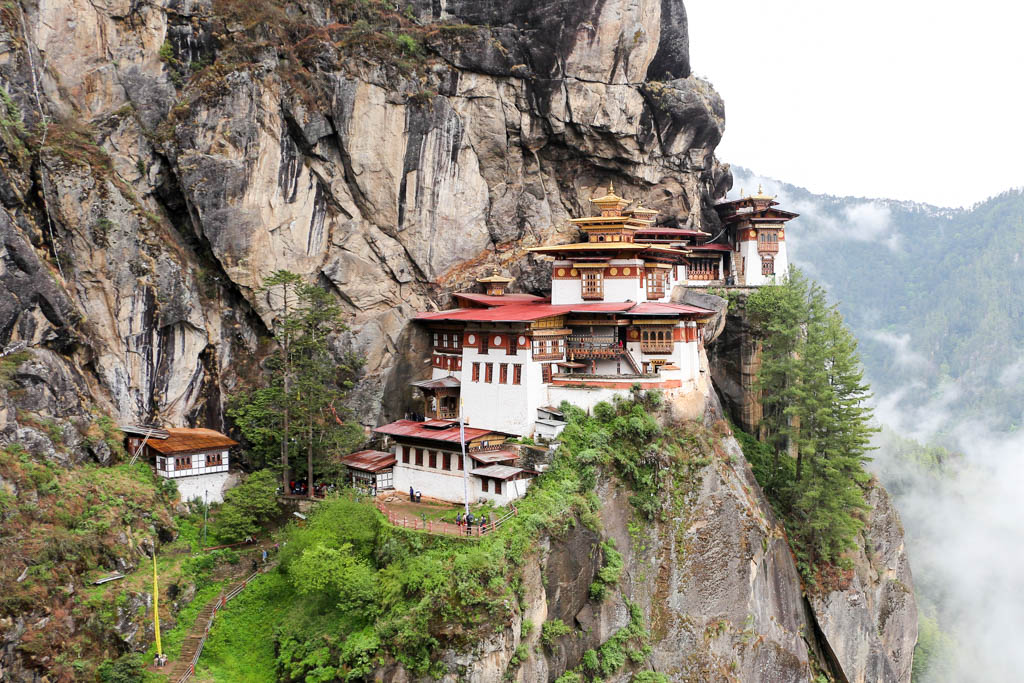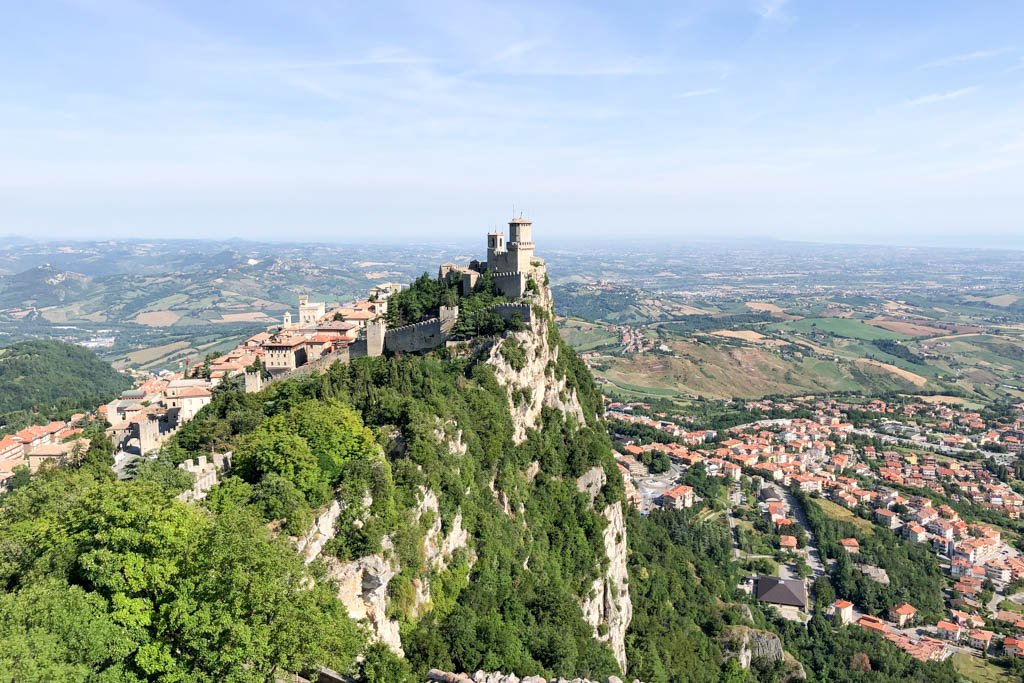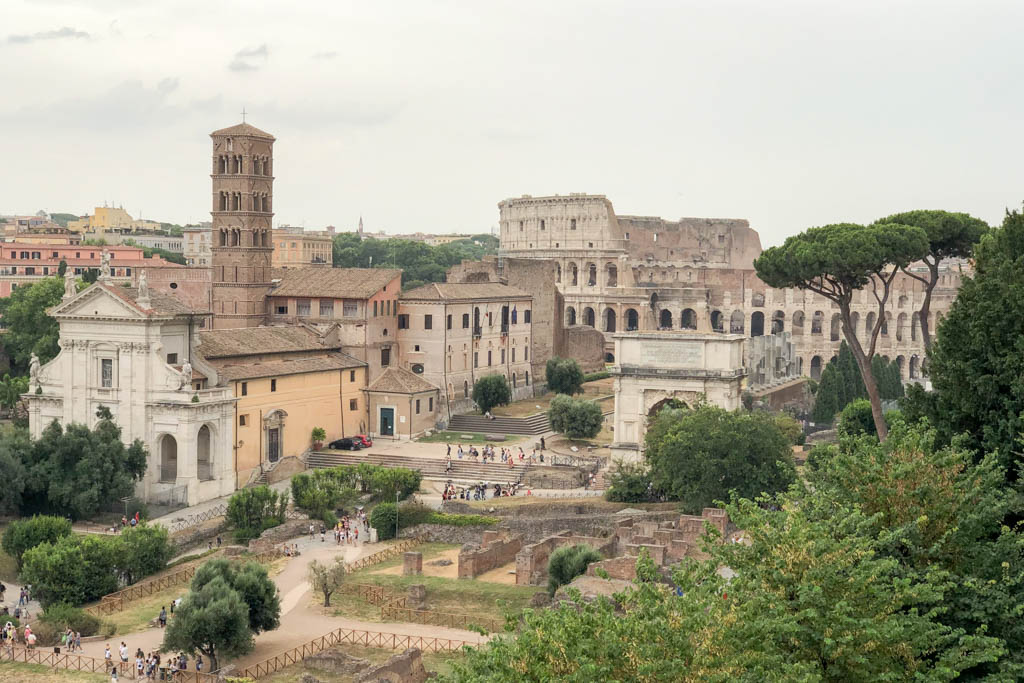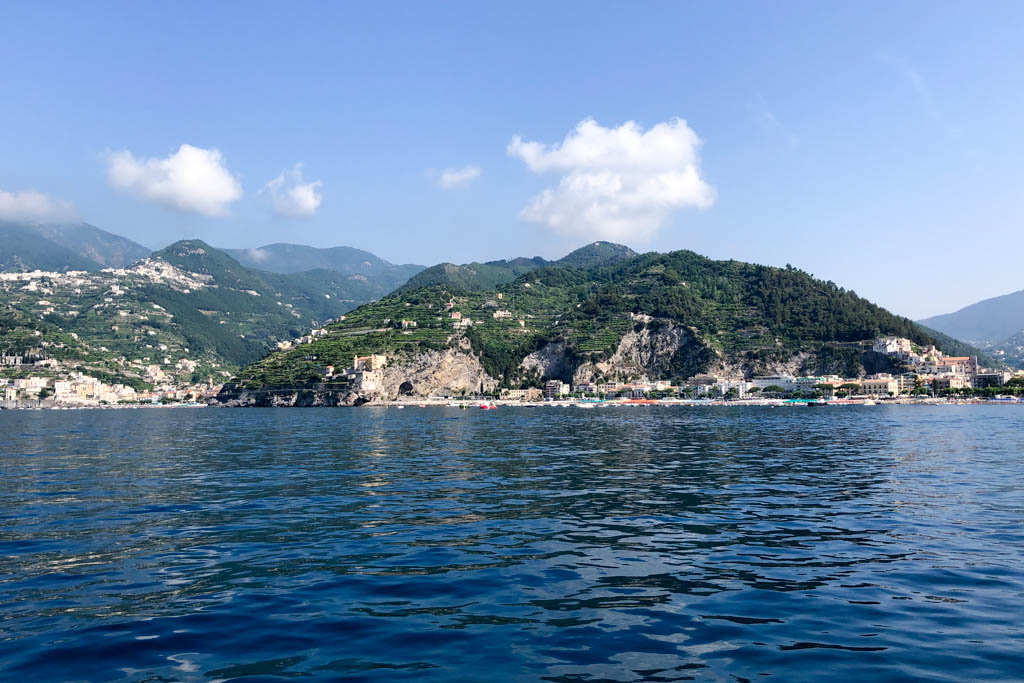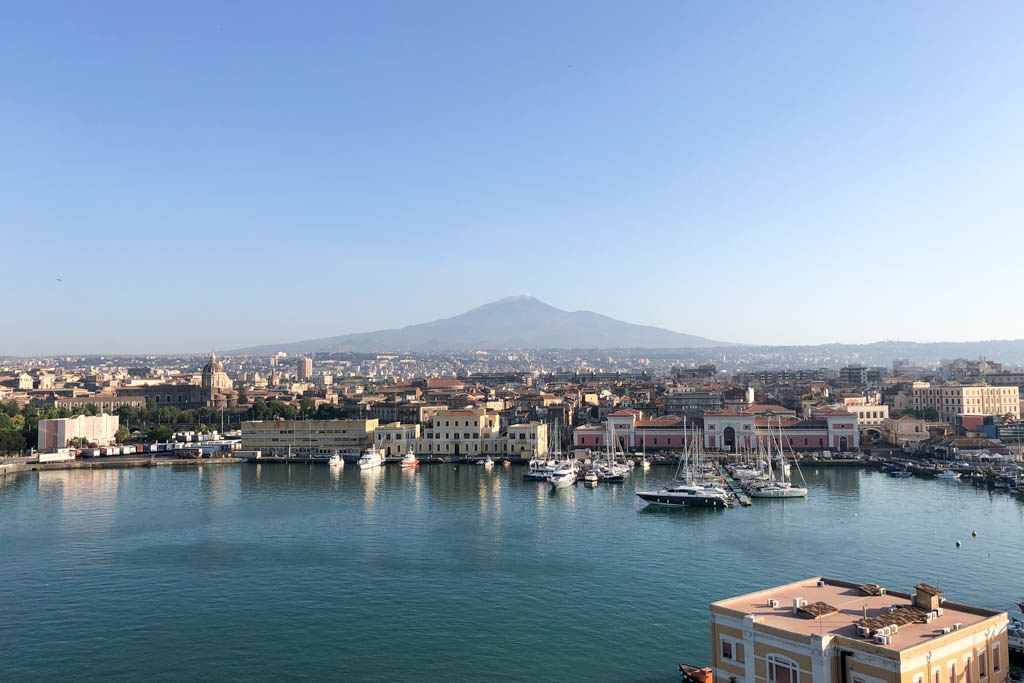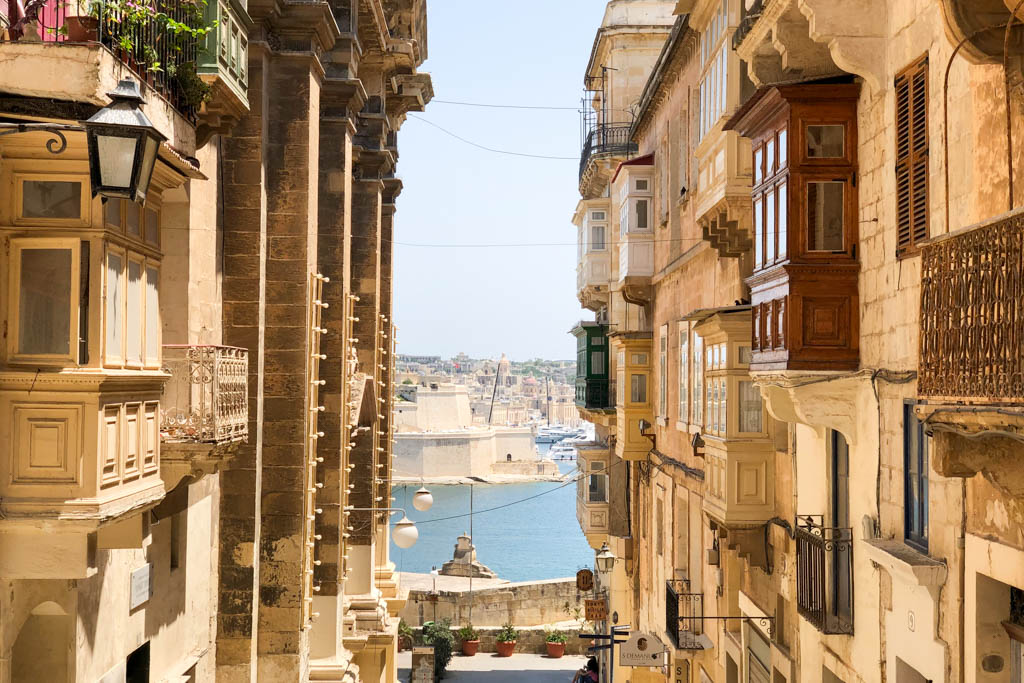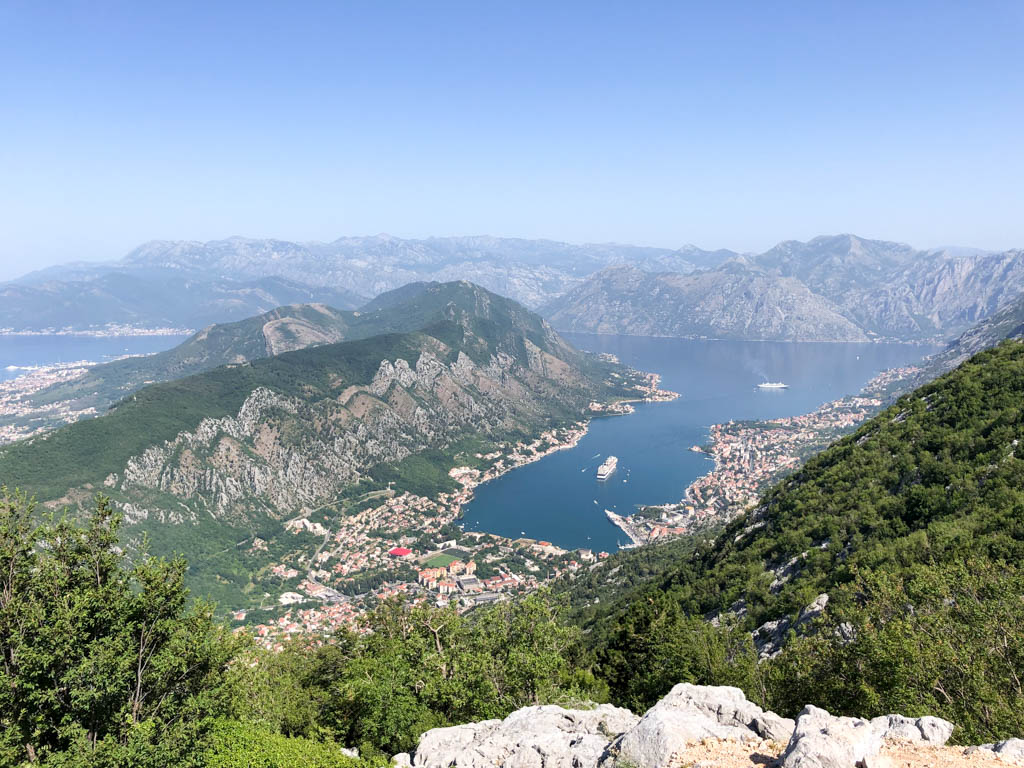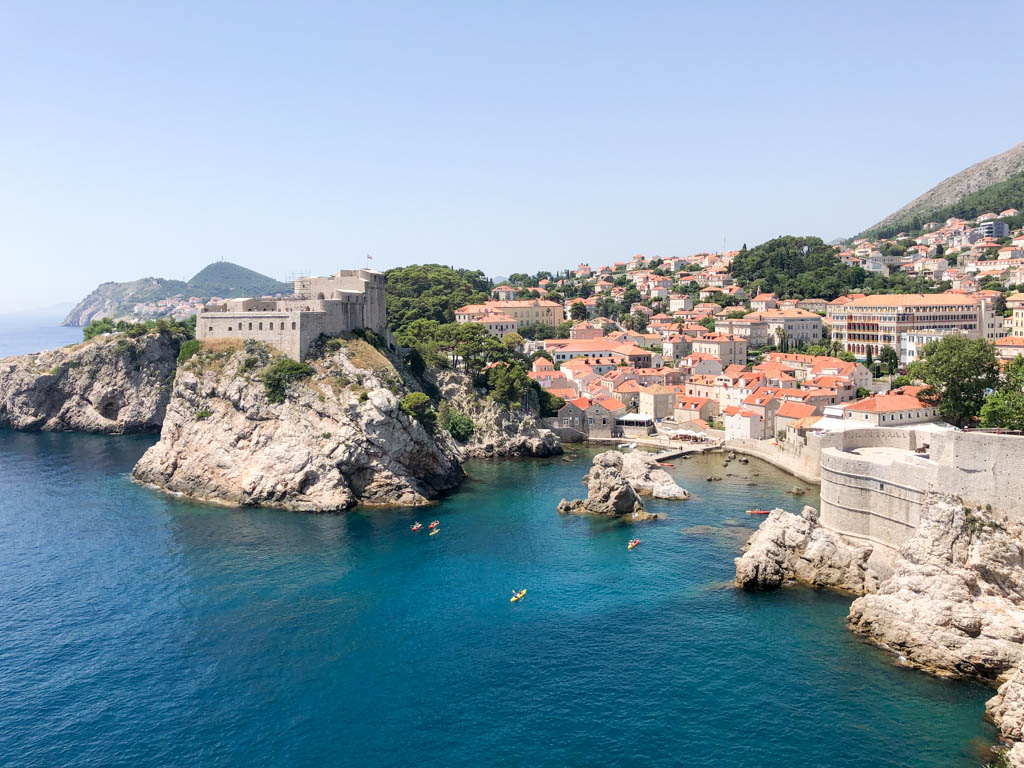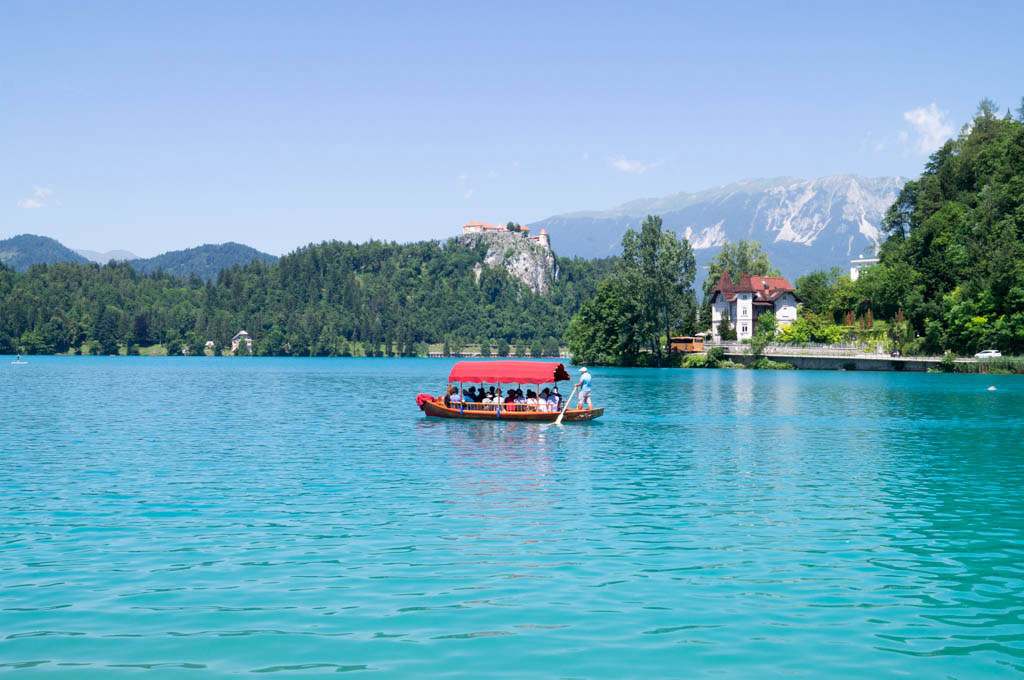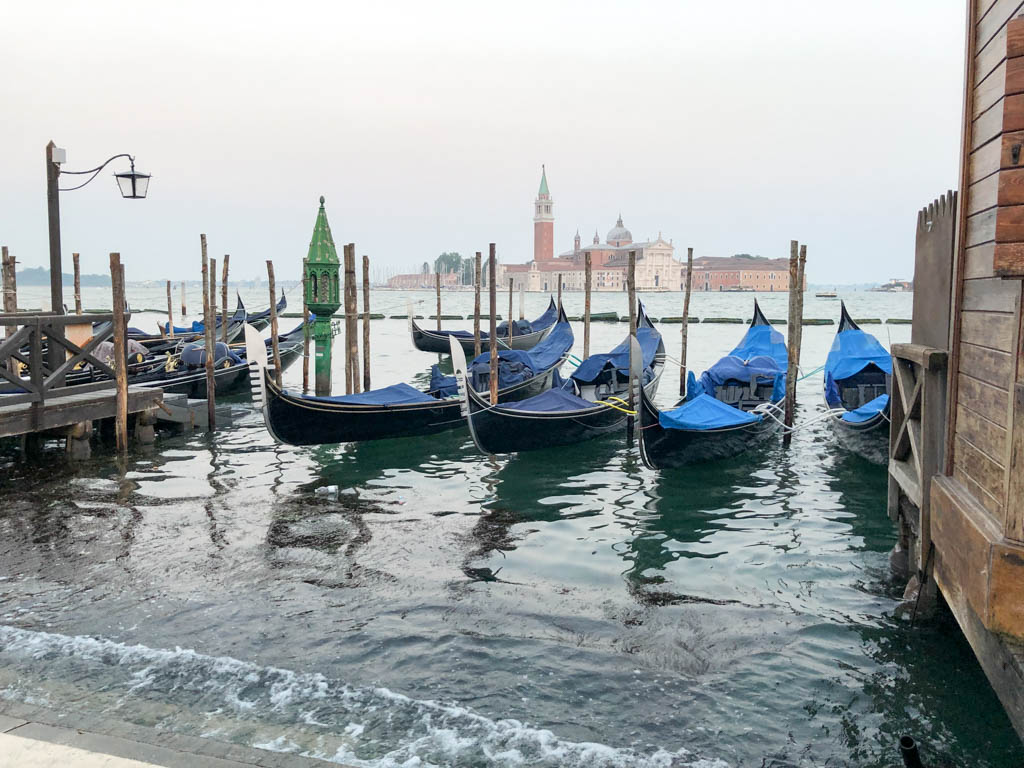Best Time to Visit Italy
In this post, I explore when it’s the best time to visit Italy. Below this, I have some quick takeaways from my findings but read below if you’d like a more in-depth response.
Best Time for Cost:
September to May
Fall, winter, and spring except for major holidays like Easter are the cheapest times to visit Italy.
Best Time for Crowds:
January to February, April to May, and September to November
Fall, winter and spring are the best seasons from an uncrowded Italy. September to November is an especially great time to visit Italy.
Best Time for Weather:
June to July
I think we can all agree that summer in Italy is magicable and it’s the reason a lot of tourist go to Italy. If you like warm weather and want to enjoy everything that Italy has to offer, June to July is the perfect time.
Best Time Overall:
April to May, September to October
After reviewing some of the data and reasonings, ShawnVoyage chooses these four months as the best time to visit Italy. These months have fewer crowds, no major holidays, pretty mild weather, and low prices. I have more descriptions below.
If you’re looking for some ideas about what to do in Italy I recently traveled there in 2019. These are some of the places I saw during my time in Italy.
Also I write about style and I have a guide on “What to Wear in Rome for Men.”
Spring (Low to High Season)

Spring is a great time to go to Italy, and it’s anywhere from late March to early June. Early March tends to be colder, especially up north, and it’s very crowded at all. However, the only exception would be around Easter, especially in Rome. Travelers do come in mass for Easter to spend time at the Vatican City.
Because it’s the offseason to shoulder season, everything in Italy is that much easier to do. Parks, shopping, and museums are just not as crowded compared to the summer months. Except for Easter, all activities and pricing are lower compared to the summer months.
Pros:
I can say right off the bat that you’re going to pay much less in spring except for Easter throughout Italy. Flights, hotels, food, souvenirs are all just slightly cheaper during these off-season months. I think the average tourists will not realize how little they are paying compared to the summer, especially if you haven’t traveled both seasons. But there is a striking difference between how booked hotels are and how packed restaurants are.
For the cities of Rome, Venice, Milan, Naples, Florence, there will always be crowds, especially at the major tourist destinations. However, except for holidays, the cities will feel less crowded compared to the summer months. Wait times for touristic sites won’t be as long although there is a tendency to close museums and touristic places earlier.
I think the best part about coming in the offseason to shoulder months is that you have more space and you feel like more time to enjoy Italy. With fewer tourists around, you have time to appreciate Italy and Italians. Say you’re trying to learn Italian, this gives you more opportunity to speak with other Italians and get to know them and their cities.
Cons:
Countrywide through March through April is cold to mild with mean temperatures across Italy in the 40 – 70 degrees Fahrenheit range. Temperatures climb about 5 degrees per month from March to early June. By early June the weather can be warm enough for shorts, especially in the south.
Cold weather means more places are closed and fewer activities to do. Northern Italy tends to be more cloudy, while southern Italy tends to have more sunshine during the spring months. Rome is much sunnier compared to cities even further south. Also, keep in mind that the sun doesn’t stay out as long, so it will seem there is less of a chance to do things during the day.
Easter and religious holidays can be even more expensive than even at the height of the summer. Carefully consider when you will be coming to Italy, especially if you’re looking for the end of March and early April.
Verdict:
Good to Excellent
- Easier to travel
- Mostly cheaper
- Not as crowded
- Easter can be a problem especially in Rome
- Weather between 30 – 70 F
Summer (High Season)

Summer is mostly a good time to visit Italy. The summer months last from June to about mid-September. During these months, all of the major tourist destinations are packed.
When people think of Italy, they think of the summertime. Temperatures are perfect, and it feels like something is always going on. It makes for a feeling that anything could happen right around the corner, especially in major cities like Rome.
Pros:
Italy is the most beautiful in summer, and there is no denying that. There is just more to do and see with longer hours dedicated to public events. And there is no denying that there is a certain magic in the air during an Italian summer. Everything feels more vibrant and colorful. So for me and some spending more in cash may indeed be worth that feeling. There is nothing better than sitting in a public square in the cool breeze of an Italian town sipping Italian wine. I think above all this is why people love to come to Italy, and it would certainly be a shame if you missed that experience.
Speaking of local events, I think this is one of the major draws for some traveling to Italy. Events like Il Palio di Siena, Festa della Madonna Bruna, Arena Opera Festival, Milano Summer Festival, the Regatta of the Ancient Maritime Republics, and countless others. Some tourists love to come for these events, and although this can hike up the price, they are a lot of fun to partake in and add to people’s experience.
Also, it may be a little easier to get around the country during the summer months. Yes, it’s crowded, but there are even more train service and more flights serving Italian towns. These maybe not as expensive as you’d think they’d be, especially if you book three months in advance.
Cons:
If you’re coming in the summer months, be prepared for crowds. It’s just a simple fact that Italy has become so popular now that the entire country becomes touristy. This is both good and bad. That’s great for Italy when hotels are booked up, and restaurants are always full, but I think some of the experience is lost when you have too many people in one area. I just went to Italy in 2019 during the summer, and the Vatican Museum was packed, leading it to be miserable. Italy is looking into capping the number of people in Venice to mitigate this, but you should take into consideration how annoyed you’ll be with people around.
Another factor is cost. From an American perspective, the price difference from summer to winter is not that extreme, especially if you want the premium spots. Hotels have no problem charging double for hot spot areas and why not when they’re all booked. Food prices are a little bit higher although they are open longer, which is excellent for people who want to sit out and drink late at night.
The weather is a plus and minus for some. It can be boiling in the day no matter what part of Italy you’re traveling. Venice is seeing more and more hot days in the middle of summer, while Sicily is usually very hot. It would help if you prepared yourself to be out in the sun regularly, and that can be taxing on your body. If you plan to go in the middle of summer, you should take short breaks and have spots picked out when you want to cool down.
Verdict:
Fair to Excellent
- Lots of options throughout Italy
- Usually more expensive
- Crowded
- Hot to warm weather. Nice in the evening.
- Weather between 60 – 90 F
Fall (High to Low Season)

Fall, like spring, is a great time to visit Italy. Temperatures usually last from September to November. Fall perhaps maybe the best time depending on your views and who you ask. Not only is the weather typically warm, but the crowds also tend to leave by September and October. Flights are the cheapest in September and October in Italy.
Fall temperatures range from warm weather in September to a point where it starts to cool off in late October and November. However, this means that the streets are usually empty of tourists and all you need often is a jacket.
Pros:
I think the biggest draw to come in the fall is the lack of tourism. Unlike the big holidays going on in spring and summer, the fall months only have a few major holidays. Summer is over; the tourists have primarily left, leaving the sense that you are just one among the locals. That’s an exciting prospect for many who want to experience an authentic Italy.
The weather is also pretty good, especially in September. Temperatures come down a bit from the hot and muggy month of August. Temperatures range from around 40 to nearly 80 in the fall months across Italy.
In terms of costs, fall is one of the best times to come as prices are on the lower end. The prominent museums may not be open as long, and some places may are closed for the season, but this is usually reserved for late winter.
Cons:
If you think that rain could effect your trip then perhaps October and November are not the time to travel. Fall is traditionally the rainy period but we are talking a couple of inches more compared to the summer months. Clouds are sometimes welcomed but rainy days can ruin some peoples trip so that it is something to consider. For me a little rain is nothing to be overly concerned about and Italy as a whole usually never gets a huge amount of rain.
Verdict:
- Easy to travel
- Cheaper compared to summer
- The least crowded during the warm months
- No major holidays
- Weather between 40 – 80 F
Winter (Low Season)

Winter is the low season for Italy, and that is for a good reason. The temperatures are some of the coldest, and it’s not a particularly popular time to travel. However, there is one exception, and that is Christmas, where it’s widely celebrated. Italian Christmas is festive and fun, but prices could be higher in major cities like Rome and Venice.
Pros:
The most significant advantage is that tourism is usually at its lowest. However, during holidays like Christmas, you may be surprised by how busy city centers are. I think the strongest pro is that it can be very festive in cities and quiet with not a lot of tourism. Ski resorts will also start opening in the mountains, and these attract thousands of people during the holiday time.
Compared to the rest of Europe, Italy is mostly mild during the winter months. However, it can still be cold, especially in the northern mountain regions. So overall you won’t feel cold, but I think when many tourists travel to Italy, the picture sunny weather. Much of Italy can be grey and cold to chilly, so keep that in mind.
Cost-wise is pretty low for the usual hotels in the city center. Outside of holiday time and the major ski resorts, you will not be paying summertime prices.
Cons:
The most significant disadvantage is that it will be cold and grey in most of Italy, even southern Italy. For many, this is not Italy the think of, and it’s why tourism will be down.
Also, there is the potential for crowds in December, especially around Christmas.
Verdict:
- Relatively easy to travel
- Some of the cheapest months (except Christmas)
- The least crowded months
- Christmas and other Italian holidays are festive
- Weather between 30 – 60 F (colder in the mountains)
Thoughts
It’s safe to say that you’ll find plenty of reasons to go to Italy no matter the season. I hope this post helps you decide what time frame is right for you and shows you the pros and cons of visiting Italy. Italy is best experienced with the right attitude, proper planning, and a good idea of what you’re getting yourself into.


